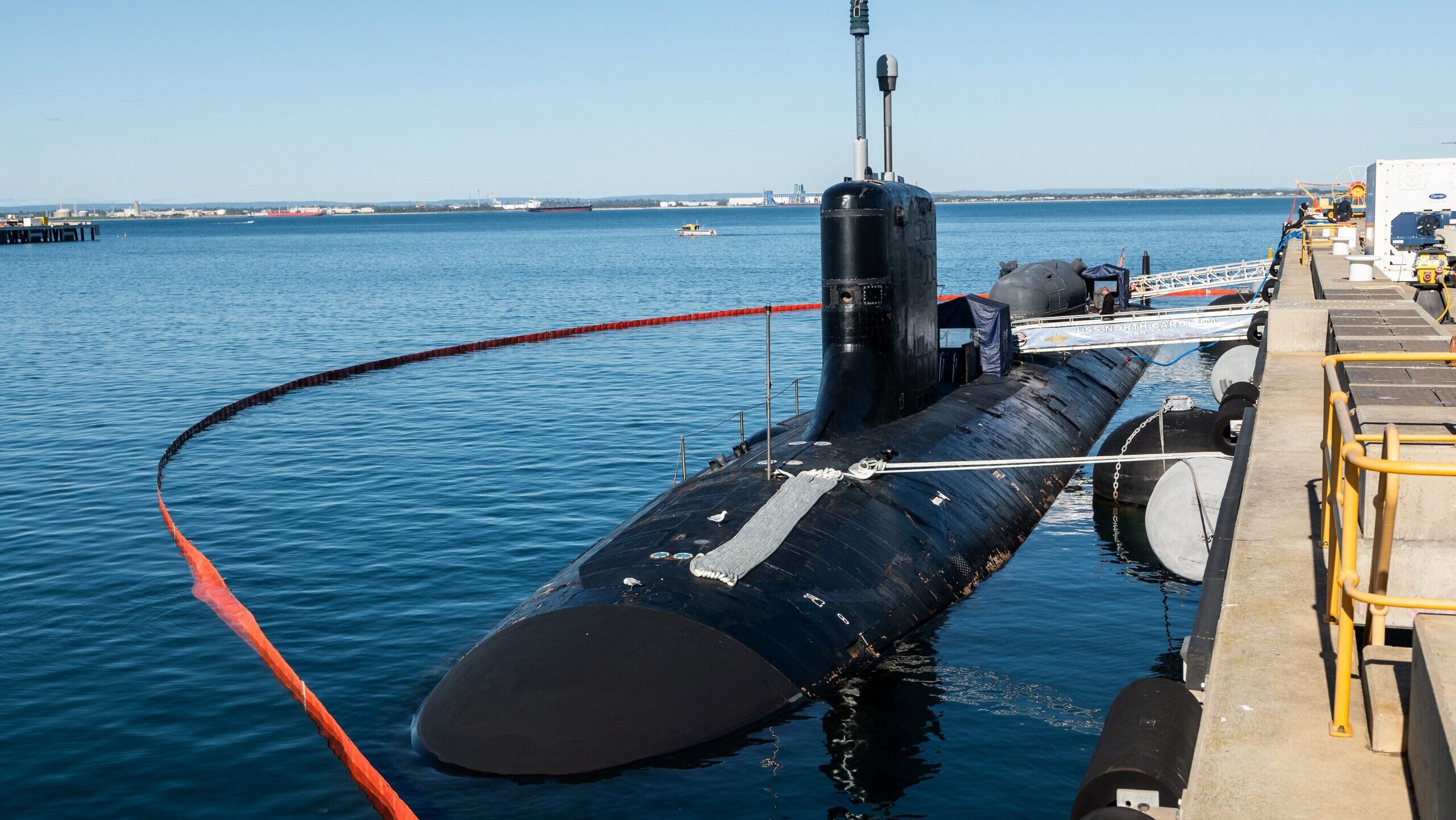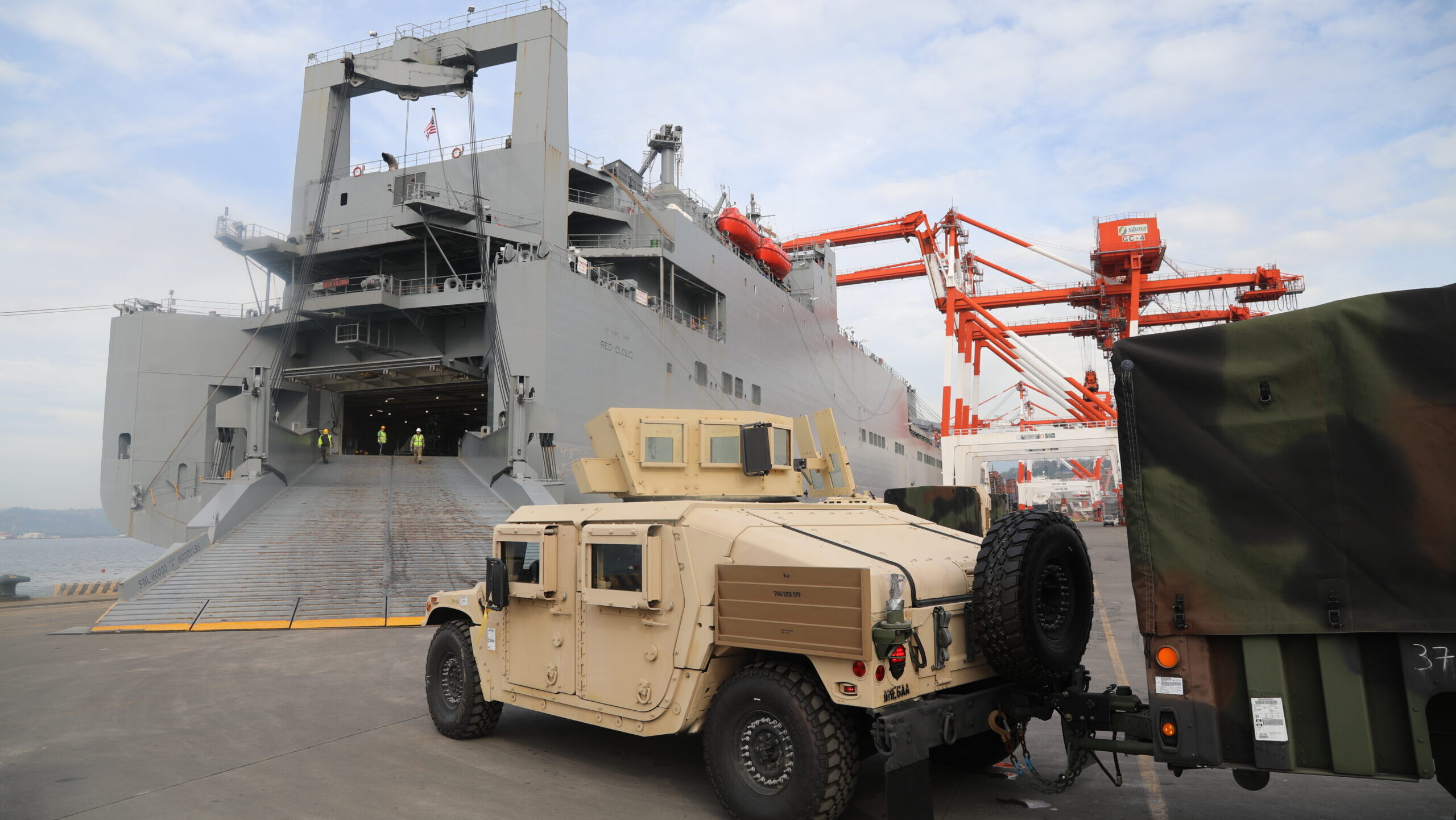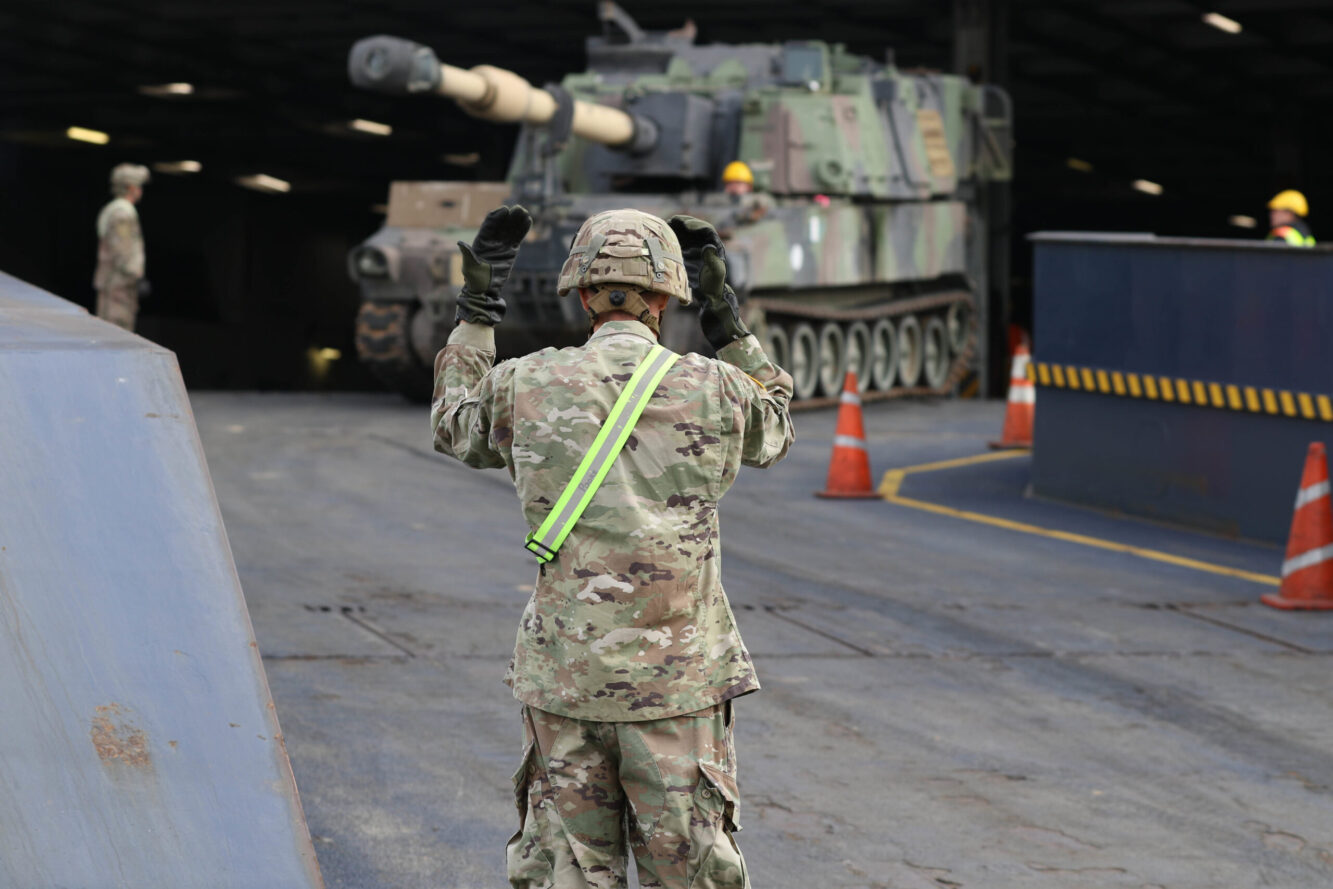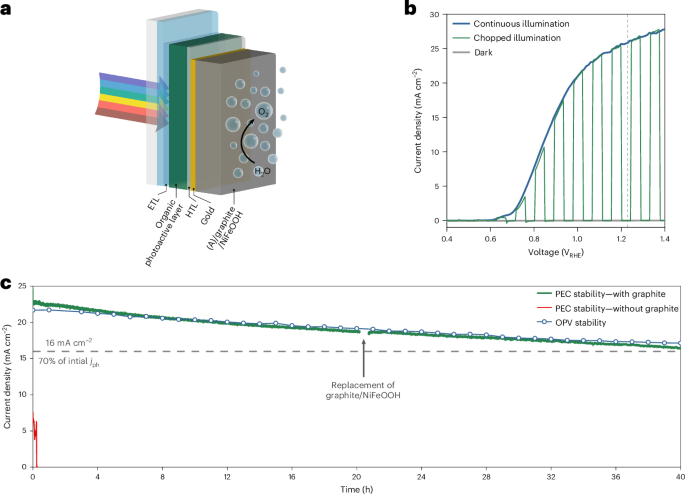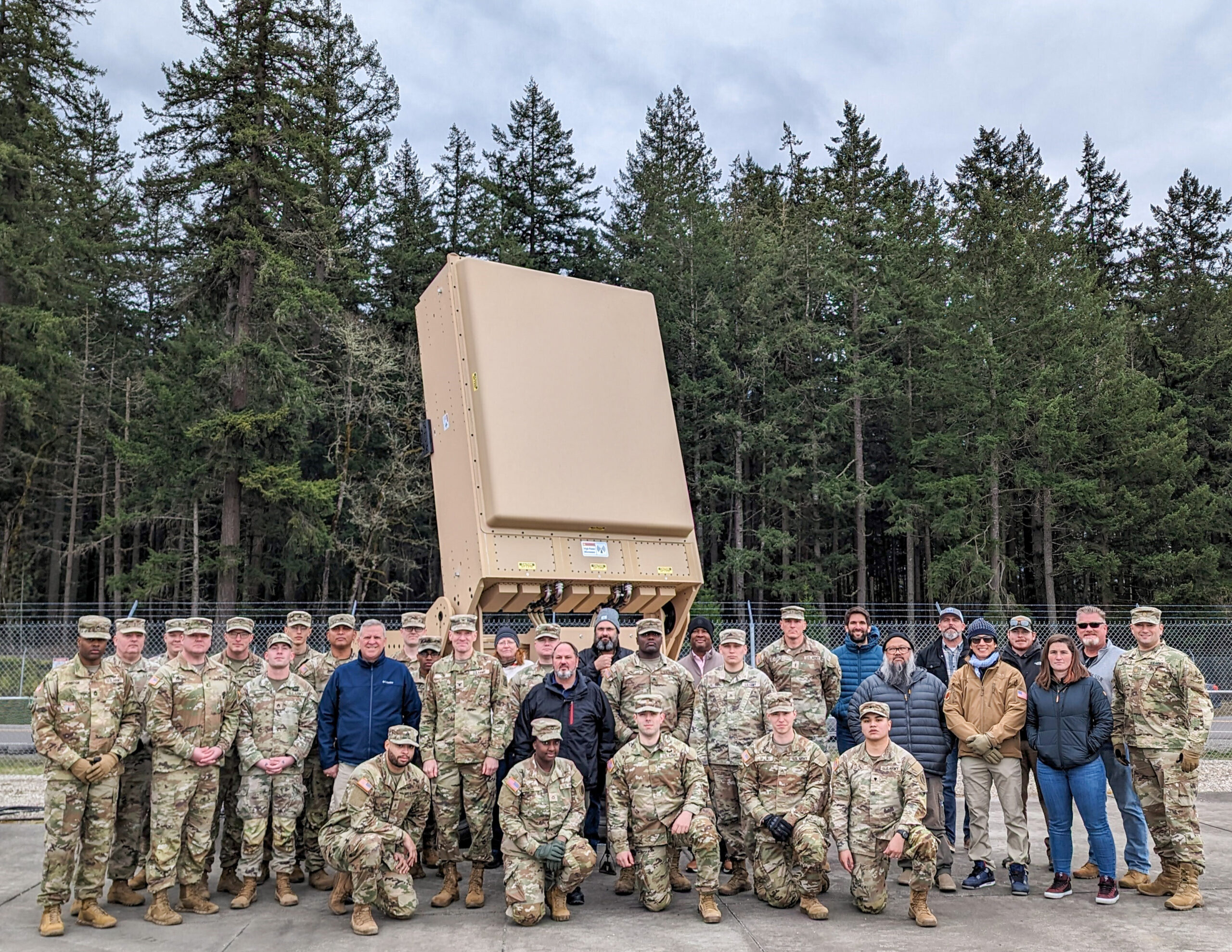New ‘Space Warfighting Framework’ coming to codify Space Force concepts, terms
The interview signalled a rapprochement between Saltzman and the institute, following his Feb. 20 ban on engagement with Mitchell by Space Force personnel.


Chief of Space Operations Gen. Chance Saltzman, speaking at the Mitchell Institute on March 26, 2025. (Screengrab of Mitchell event)
WASHINGTON — The Space Force is readying a new “Space Warfighting” framework to explain service concepts and terms — such as “space superiority” and “orbital warfare” — both internally to its own operational planners and externally to Joint Force planners, Chief of Space Operations Gen. Chance Saltzman said today.
“[W]hat it allows us to do is is lay down a common vocabulary, common terms of reference,” he told the Mitchell Institute in an online interview. “This is what really has to happen in order for us to achieve space superiority.”
The interview signaled a rapprochement between Saltzman and the institute, following his Feb. 20 ban on engagement with Mitchell by Space Force personnel — which came hard on the heels of the Feb. 19 release of a new Mitchell report calling on the Defense Department, and the Space Force itself to more clearly define the service’s role in warfighting.
“I just want to kind of clear the air right out of the gate. I did have some concerns recently over a report that was issued by Mitchell Institute, but I want to be clear: it was really about the circumstances,” Saltzman said.
“My concerns were less about the substance of the report, and more just about the tone and the timing of that report. And I’ll tell you, the Mitchell Institute listened to my concerns. They heard the issues and quickly addressed them. So as far as I’m concerned, that is water under the bridge now,” he added.
Although Saltzman didn’t say when (or if) the new Space Warfighting framework will be published, he explained that the role of the document is to better define key Space Force terminology.
“Here’s the terms we can talk about. Here’s what orbital warfare means. Here’s how we use electronic warfare. Here’s how we would use cyber warfare in pursuit of space superiority, protect what we have and deny an adversary.”
The framework also will help establish “basic categories of targets,” such as adversary ground facilities and networks, “link structures,” and “on orbit-capabilities,” he said.
Saltzman elaborated that the goal of the framework is to ensure that Space Force capabilities are “accounted for and integrated fully into all the operational design, he explained. “We felt like we owed the Joint Force … that set of definitions, so that we could have the right kinds of discussions.”
The framework follows an earlier Saltzman memo that created an internal Space Force “lexicon” of concepts and terms. That memo, “Military Space Operations Terms of Reference,” dated Sept. 24 and obtained by Breaking Defense, lays out three “core functions” for the Space Force, defines space “mission areas” and their component “mission sets,” and explains cross-cutting “enterprise functions” that support the core functions.
Saltzman and other Space Force leaders spent much of the past two years on messaging designed to reshape the public perception of the service’s mission around establishing “space superiority” and waging warfare in space — after years of Pentagon wordsmithing to avoid even the suggestion that the military intended to use force in the heavens.
In his latest Commander’s Note to Guardians, C-Note 34 on “Space Control” published March 7, Saltzman defined space superiority as ensuring:
- That we have the degree of control necessary for our forces to operate at a time and place of
their choosing without prohibitive interference from space or counterspace threats - That we deny that same degree of control to our adversaries.
The C-Note goes on to explain that space control, which Saltzman has defined as a “core function” of the Space Force, is the means by which the service establishes space superiority.
“Space Control encapsulates all the activities required to contest and control the domain. These activities range from reversible to non-reversible effects, scaling from interference to degradation to destruction via kinetic and non-kinetic means. In practice, we refer to such activities as counterspace operations, which we conduct across the orbital, link, and terrestrial segments of our architecture. Space Control capabilities can be active like an escort satellite or passive like an indications and warning sensor, but they all contribute to a collective space warfighting framework,” it says.
The C-Note also reveals that the Space Force intends to soon publish a new space warfighting doctrine, called Space Force Doctrine Document—1 (SFDD-1).
While doctrine also serves to define military terms and concepts, it has a special role in establishing the foundational principles to guide military forces as they pursue national security objectives and prescribe the manner in which they will fight. There are various levels of doctrine, with that crafted by the Joint Staff to guide joint force operations at the top of the food chain. Each military service then writes its own hierarchy of doctrinal papers covering specific roles and missions.
SFDD-1 presumably will replace the Space Force first-ever doctrine paper, the Space Capstone Publication: Spacepower published in 2020, that sought to define space as a separate warfighting domain, and “spacepower” as vital to future joint operations. SFDD-1 can also be expected to update and/or override the service’s first operational doctrine, Space Doctrine Publication 3.0 published by Space Training and Readiness Command in July 2023, that provided baseline definitions for offensive and defensive operations, as well as those related to mobility and logistics.
Further, several military and government officials have said that there is a rewrite of the Joint Force’s centerpiece doctrine on military space activities, “Joint Publication 3-14 Space Operations (JP 3-14),” in the making, although it is unclear when that exercise might be completed. JP 3-14 was last updated by the Joint Staff in 2020.































































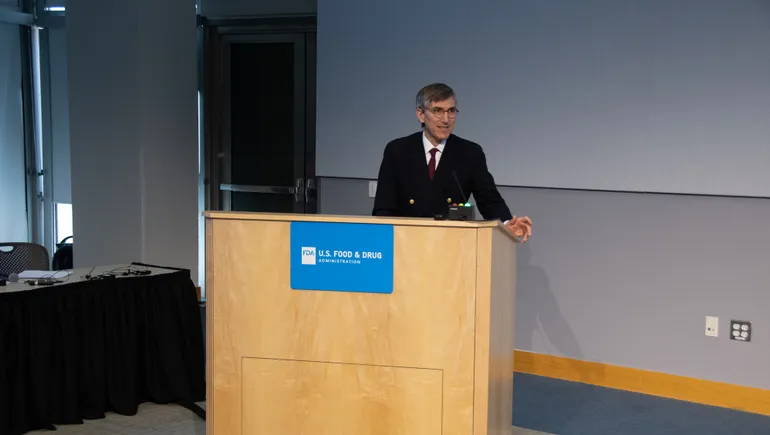

































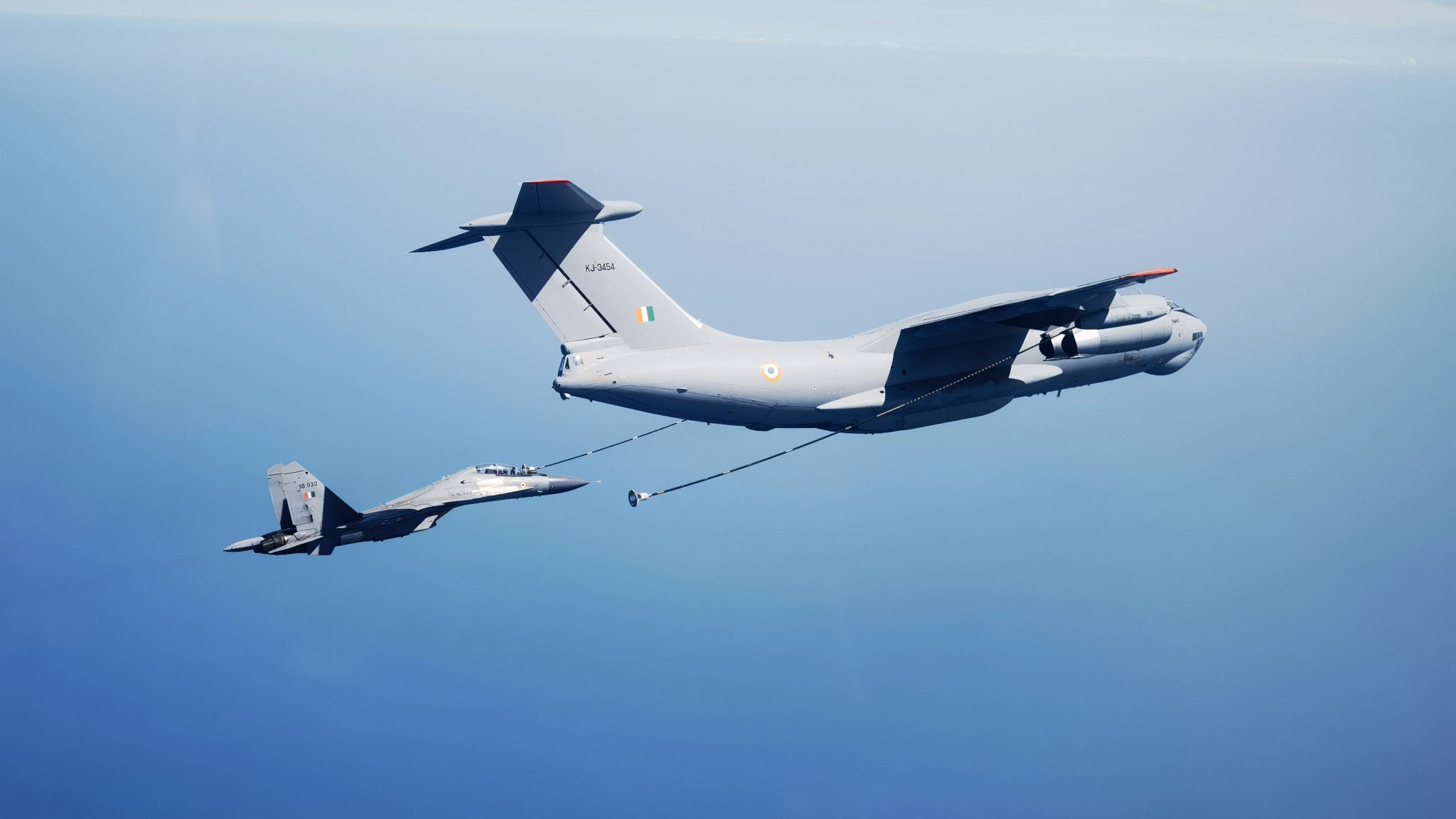
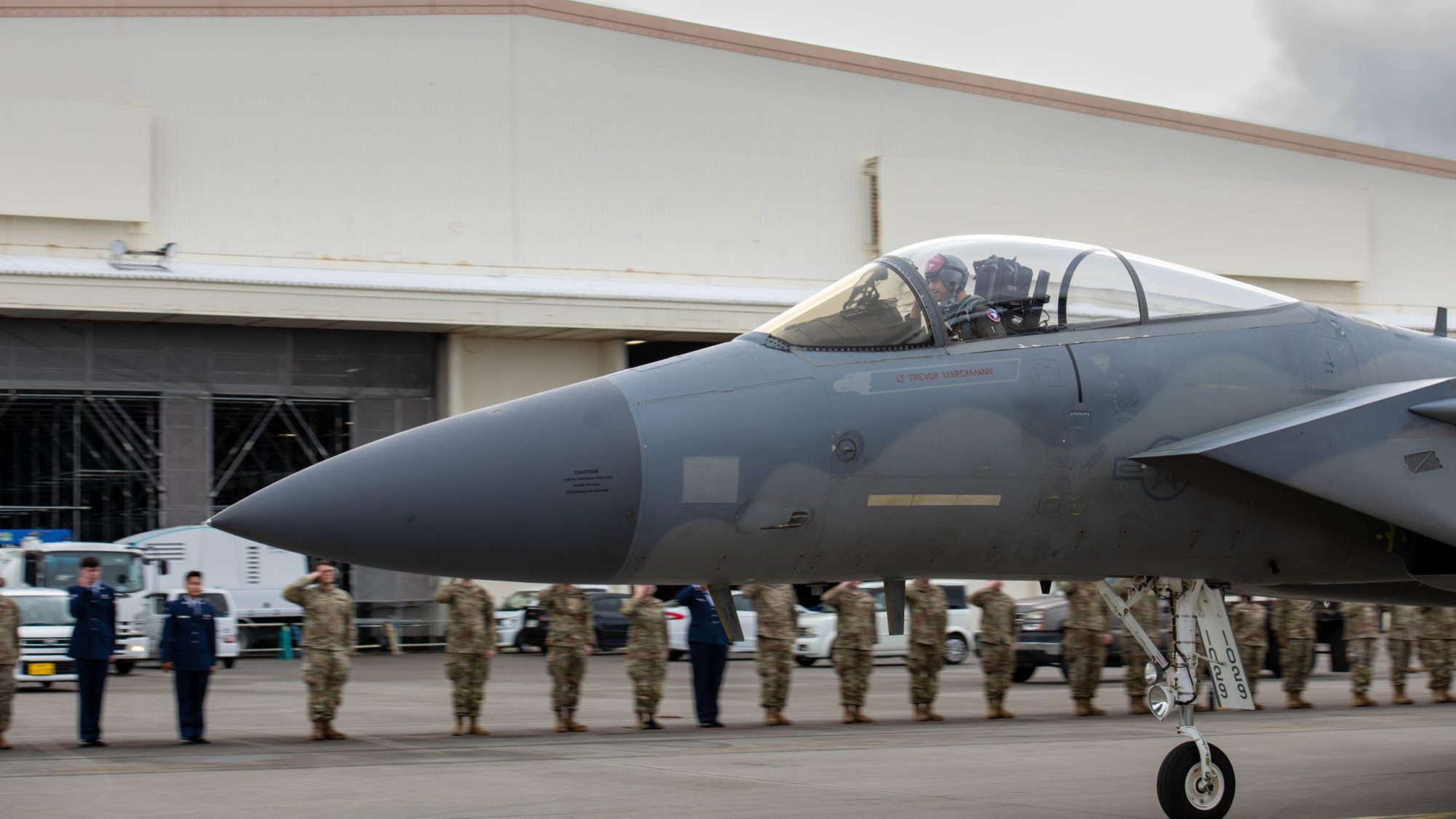
![The sights of Avalon Air Show 2025: Day Three [PHOTOS]](https://breakingdefense.com/wp-content/uploads/sites/3/2025/03/f-35-avalon-final-day-scaled-e1743079275404.jpg?#)
